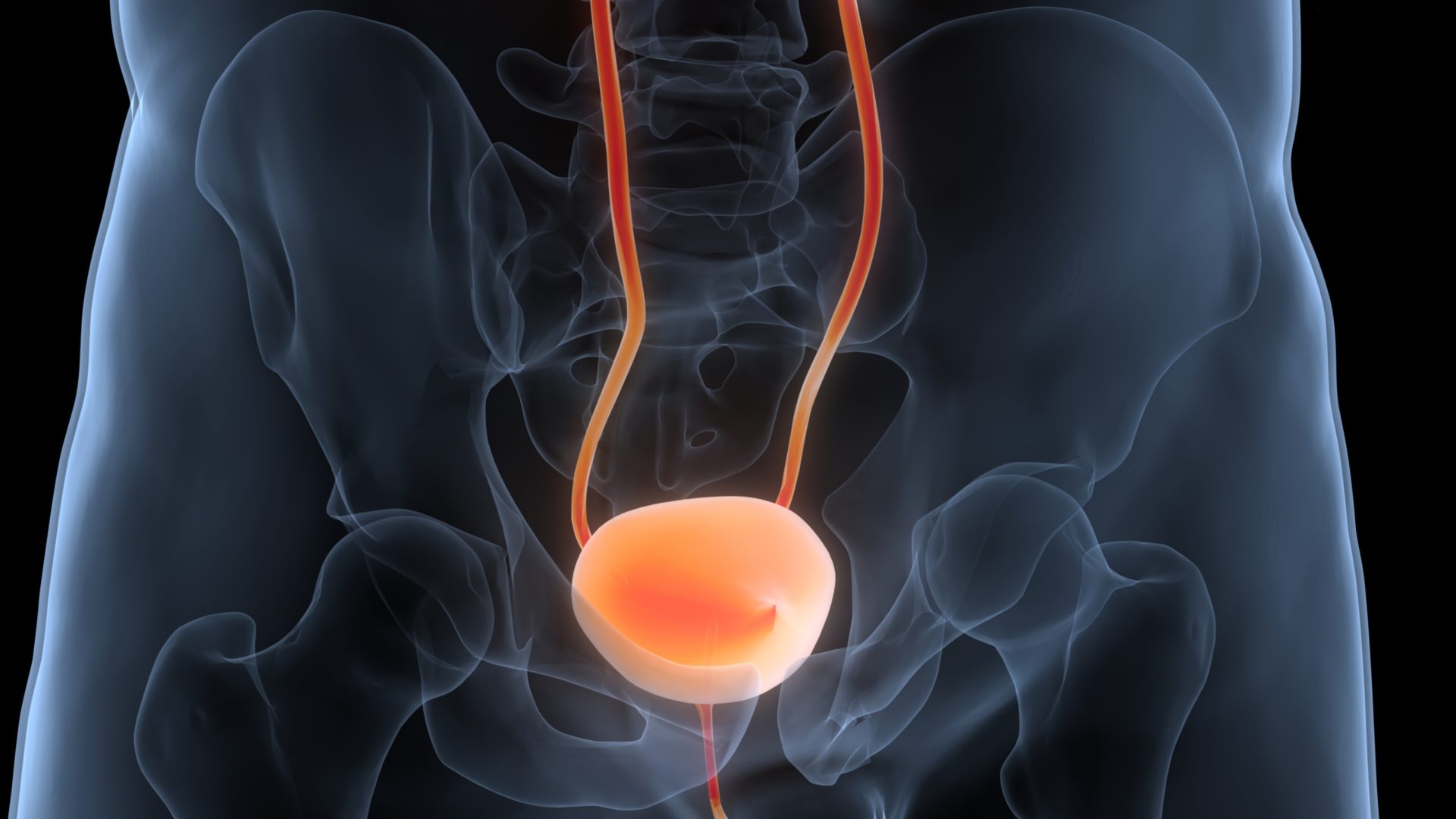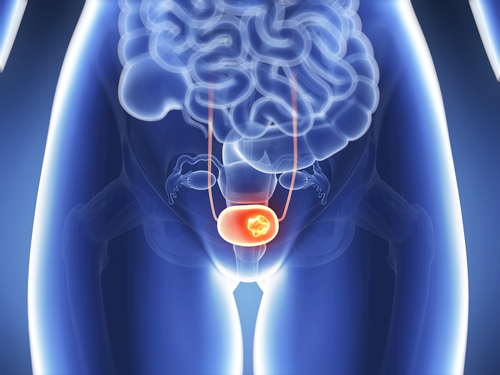A retrospective study reported on patients treated via an extended transurethral resection of the primary tumor (TURBT), a known method for treating non‒muscle-invasive bladder cancer, using conventional white-light cystoscopy or photodynamic diagnostics (PDD). The findings were reported in the journal Life.
Researchers retrospectively assessed 881 patients undergoing a TURBT resection for their primary tumor at their institution between 1986 and 2014. The key outcomes of interest were recurrence-free and overall survival, which were determined using univariate and multivariate analyses.
The final analysis included 219 patients who underwent a TURBT under conventional white-light conditions and 247 under PDD conditions. Compared to conventional white-light cystoscopy, PDD augmented the detection rates of carcinoma in situ (CIS) and tumor multifocality and attenuated residual tumor incidence at the primary resection site. Moreover, the researchers noted that tumor recurrence rates were reduced in the PDD cohort. Overall, independent predictors of survival were patient age and the presence of residual tumor at the primary resection site, while only the PDD resection method was an independent predictor for recurrence-free survival.
Overall, the researchers concluded that using the PDD technique both enhanced CIS and multifocal detection rates and decreased disease recurrence.
Reference: Marquardt A, Richterstetter M, Taubert H, et al. Reduced recurrence rates are associated with photodynamic diagnostics compared to white light after extended transurethral resection of bladder tumors. Life (Basel). 2022;12(5):641. doi:10.3390/life12050641
Keywords: Photodynamic diagnostics, recurrence-free survival, transurethral resection









